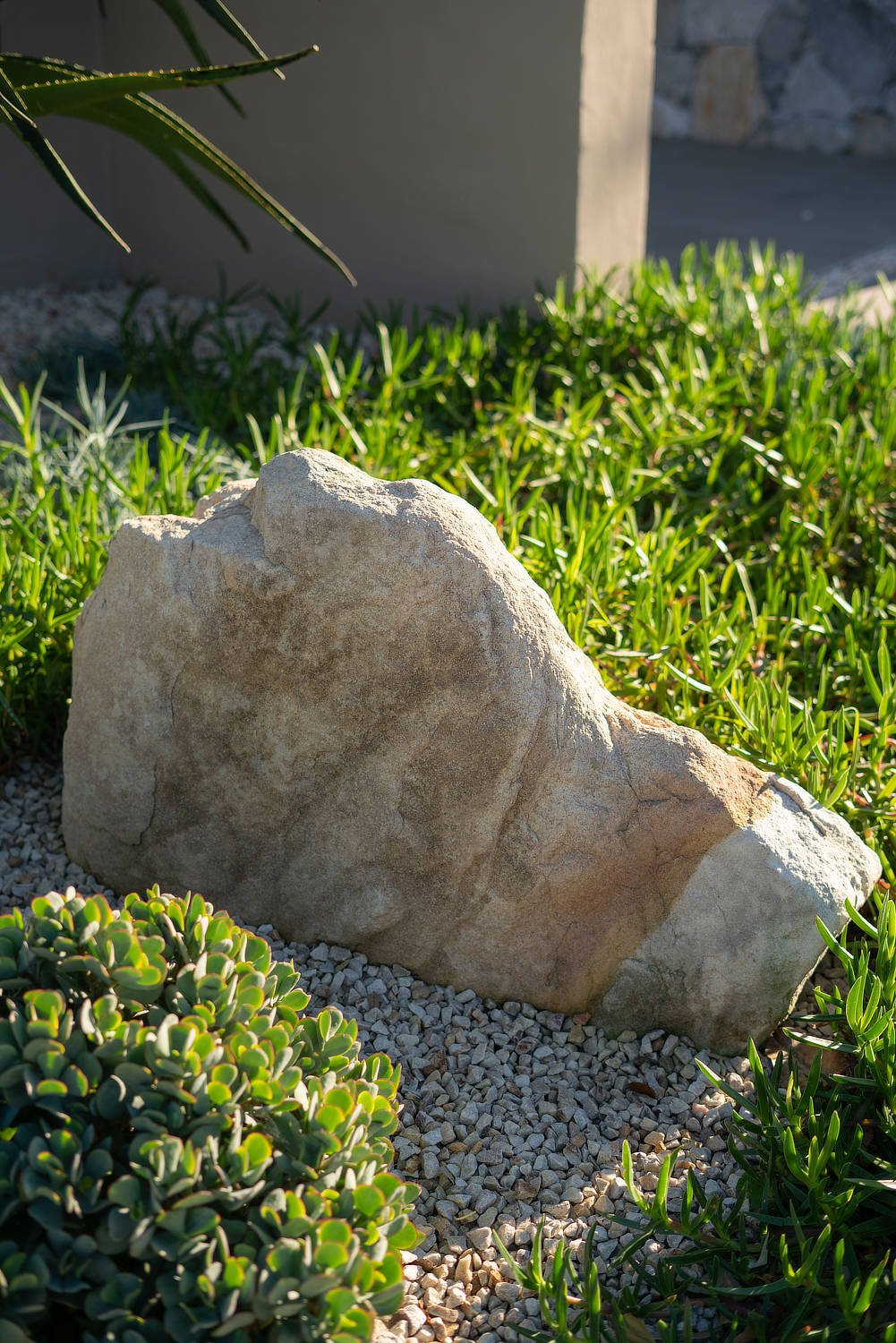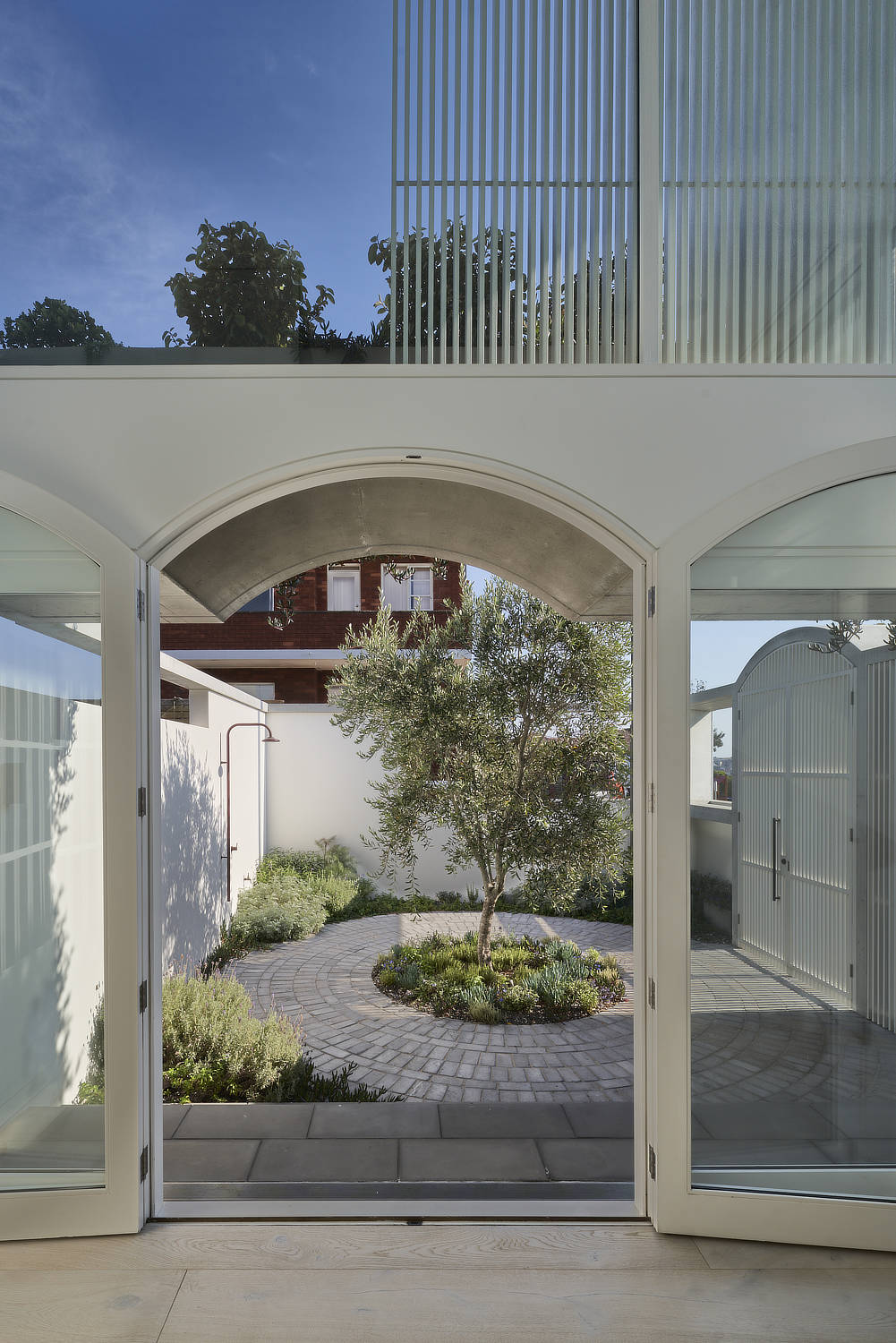As spring presses on and the temperature rises the feeling of summer and the heat it brings is just around the corner, preparing your garden now for periods of drought will help protect it all the way through the hot months.
Improving your soil through adding compost and rotted manures is the best thing you can do for your garden as this organic matter helps to bind the soil together creating a good structure and biodiversity. Both help create a healthy soil profile that keeps plants happy and happy plants are healthy, more drought resistant, plants.
The addition of compost and manure also helps the soil hold onto moisture for much longer preventing water from draining straight through and away from plant roots. Straight compost or manure can be detrimental to plant growth as its too strong and can burn the roots so dig it through to the depth of your shovel. I like to apply a topping over the area I’m working in, to a depth of 100mm thick and then dig that through. You’ll be surprised how quickly it disappears and gets mixed in.
Applying a soil wetting agent to the ground is also good practice, to be done a couple of times throughout the year as this removes any waxy build up in the soil, created by bacteria, and allows water to penetrate into the soil more effectively and it reduces run off.
Applying a layer of mulch 75mm thick is beneficial to the garden for so many reasons but when it comes to saving water mulch is great at slowing the water into the ground, which in turn reduces runoff. It also acts like an insulating blanket helping the soil to hold onto water for much longer.
Collecting water that falls from the sky and storing it is a great way to prolong any wet periods, collecting rainwater with buckets left out in the garden gives you a few extra days of water that you can use in the garden however beware of breeding mosquitos as it stagnates.
Installing a rainwater tank doesn’t need to be expensive. If you are sending the stored water out through an irrigation system then an expensive part will be the pump that drives the water through the lines however if you have a small garden and you’re only filling watering cans then a simple water butt placed at the bottom of your down pipes will hold all the water you need. It’s very important to consult a plumber before playing with your down pipes as you need an overflow for when the tank is full and it’s illegal to personally plumb pipes into sewer systems. If you have a shed roof installing a gutter and catching the rain that falls on it will give you a surprising boost of moisture to your plants.
I am also a newly converted follower of wicking garden beds for my moisture loving plants and leafy vegetables, these are set up to hold water in a reservoir at the bottom of the pot and then the soil above wicks the moisture up to the plant’s roots. As the pot is waterproofed to hold the water it dries out extremely slowly and is a great way to save water.
When it comes to using the water you have collected, or simply turning using town water you should always water at the right time. The middle of the day is the hottest part, so you’ll only be wasting water through evaporation if you turn on the hose then. I water in the evening so the plants have all the time at night to soak up as much as they can, ready for the next day. If you have plants that suffer from mildew and mould, then water first thing in the morning.
You can teach your lawn to be more drought tolerant by how you water it. Longer periods of irrigation less often forces the roots to search for moisture lower in the soil whereas short bursts of water every few days keeps the roots higher in the soil where it is hotter. When the summer heat hits you want your roots as deep as possible so they are insulated, and they will survive for longer.
If you are in the preliminary stages of a garden design think about forming the land to catch water and direct it around your garden, swales in the ground can catch water and direct it to a pond that slowly lets it seep into the ground. Knowing where water is held in the garden is then a great way to get the right plant for the right spot. Wetter areas can have more water dependant plants used in them and the higher drier spots can be used to show off plants that require less rainfall.


